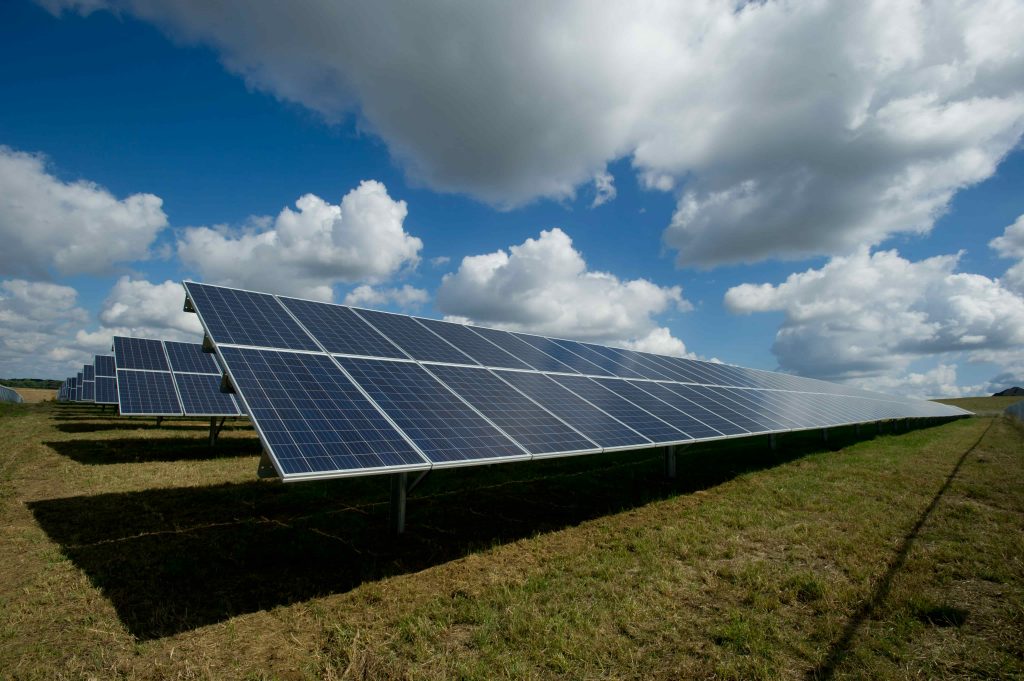Bitcoin Mining is revolutionising the economic feasibility of electricity generation.
This will affect many areas of modern energy economics. Specifically where stranded energy sources or wasted energy sources could not be connected to existing infrastructure before and are therefore ignored. Bitcoin Mining, through its design, unlocks a heap of abundant energy for consumption.
The mining of Bitcoin can and should have a profound effect on mini-grids, powered by renewable energies as well.
This post will only go into the basics of how Bitcoin mining works and what it is. There is plenty of resources and I would like to focus this on the chances for mini-grids instead. Important to note is that an understanding of Bitcoin is not necessary to understand the potentials that come with it. Bitcoin has a market value. It has a market value because there are people in the world, who pay a price for it. That is the only condition needed to make the below-described ideas viable in the future.
Bitcoin Mining described the process of turning electricity into heat by feeding electricity into an “ASIC Miner”. ASIC stands for “Application Specific Integrated Circuit” and is a fancy term for a computer, which handles one specific task extremely well and efficiently, as opposed to your phone or laptop, which are general processing units and can carry out multiple different types of computations.
These “Miners” are guessing cryptographic hashes. If they guess correctly (as deemed by the network) they are rewarded in Bitcoin. Currently, at a market value of around 41,000 USD, a total of around 250,000 USD is paid out by the network every ten minutes. Individual, smaller mining operations usually combine their hashrate in a pool to increase their chances to find a “valid guess”. Rewards are then shared, according to the processing power allocated to the pool. Each “guess” is a finished process. Modern mining machines guess around 100^12 times per second. These machines can be turned on and off, even increase and decrease their individual power and are quite similar to computers in that way. Bitcoin mining is time- as well as location independent and does not have a maximum energy capacity. All that is needed is a connection to the internet. The amount of power that can be drawn is only limited by the amount and power drawn of single machines. The underlined features have never been accessible in any other consumer of power before.
This is as far as I will go here. If you have further questions on Bitcoin mining or Bitcoin in general, I am more than happy to answer all your questions.
During my career, I have largely been responsible for the operation of a range of mini-grids in Mali. Through containerised PV plants (~40 kWp), which we combined with Lithium-Ion storage and grids, we are supplying communities of up to 400 customers with renewable electricity. Customers in turn pay for the service and profits are used to repay investors. The idea here is to develop infrastructure independently from government subsidies.
As I am sure you are all aware electricity can only be generated if there is a load. Our units generate up to 70,000 kWh per year where they are located. We usually include energy storage units of around 50 kWh. I will apply very basic (!) calculations, to make my point. If we assume that our batteries are charged to max capacity every day and nearly discharged during the mornings and evenings we can store around 18,000 kWh per year in those battery modules. That leaves us with 52,000 kWh that the grid needs to offtake. If there is not enough load, we essentially harvest a loss, since the energy evaporates and no electrons are flowing. This is pretty critical for us as a business where margins and the ability to pay of our customers are low. We strive for the maximum realised kWh/kWp we can achieve with our design.
So, how does Bitcoin mining play into this? Imagine having a customer for your electricity that is always ready to take some of your power. No matter the time of day, no matter the amount. When batteries are fully charged, the sun is shining intensely in the middle of the day and demand in the grid is low, this customer happily buys your electricity. Imagine a customer that is always awake and ready to utilise your electricity when no one else wants to. Early in the morning, when the sun rises and regular customers are just starting their day. Imagine a customer that steps in during those early days of a project, when grid infrastructure is yet to be built or a customer that is located right at the generation assets doorstep incase parts of the grid fail.
Basically, that is what Bitcoin Mining can offer. There are many different models when it comes to Bitcoin mining machines. Later, more efficient (J/TH) models need 3,25 kW and produce 100 TH/s and thus have an efficiency of 32,5 J/TH, while other, older models, which are much lower in CAPEX sport efficiencies of around 98 J/TH. Four Antminer S9 Units, for example, resemble a combined load of around 5,3 kW, which can be yours for 1,200 USD CAPEX (excl. installation cost, wiring, etc.). They would always be available for any load excess load that cannot be sold more profitably elsewhere. A rather simple, smart mechanism, turning miners on, when an excess load is detected by inverters is needed. These machines are quite noisy when they operate, due to fan noise. In hot climates, I would suggest immersing the miners in mineral oil to cool them more efficiently.
These four miners, which I just briefly described have a combined hashrate of ca. 54 TH/s. If they run all day they will generate 10 USD (at current market conditions on the 20th of April 2022) per day of profit, since the energy cost is zero. Here is a calculator to make your own estimations.
This dynamic has the potential to completely revolutionise the way economic feasibility is determined for energy projects. This is happening on a large scale in the ERCOT Grid, where demand response is the name of the game. Companies use flared gas, which is otherwise burned at oil production sites, for example, to mine Bitcoin. Exxon has announced that they are exploring this field recently. The Virunga National Park is another great example of this dynamic, where a 15 MW hydropower plant is connected to a bitcoin mining facility, generating near instant cash flow without any existing grid infrastructure. KWh by kWh miners are being pushed out of that local market, as more and more consumers are connected to a small, local grid and are able to consume the electricity, generated by the dam for a higher price than the miner is willing to pay.
Before Bitcoin Mining there was no feasible way to monetise excess electricity. This has changed in recent years and I would love more operators in the energy space to explore this innovative idea to further expand their income streams.





